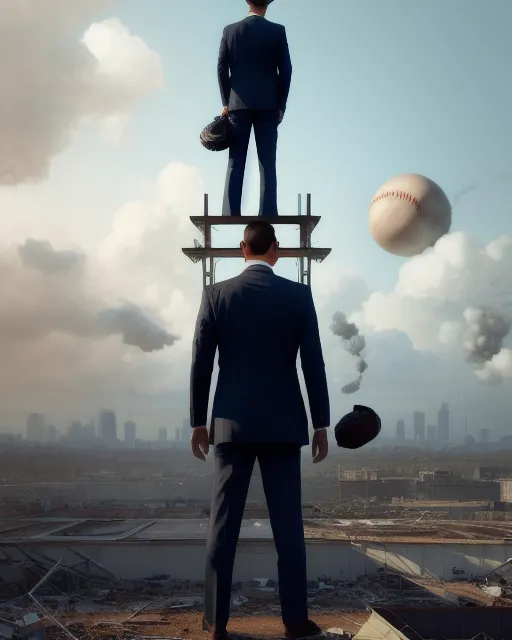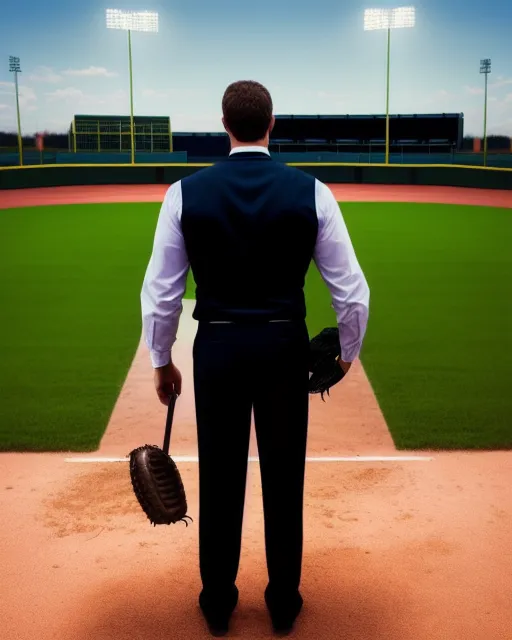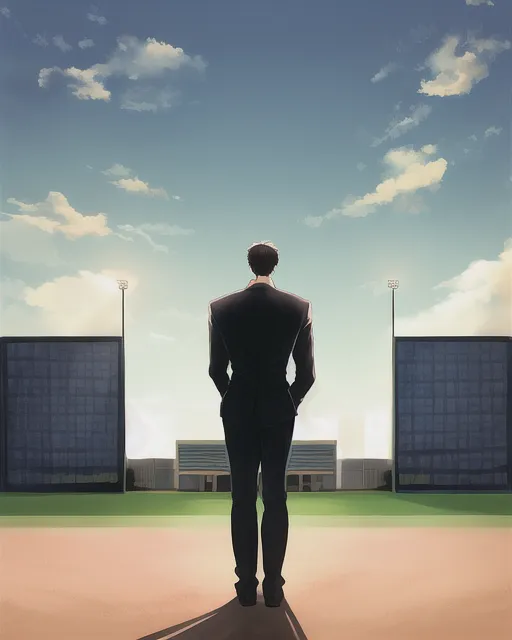Ayden’s Science Wonder Inquiry project
My big question – What do we have to do to be able to live on Mars?
Goal of my project – To understand and go into detail about what we need to do as a society to be able to live on Mars and make it a liveable planet. In other words, what needs to get done to be able to go live on this planet? What is stopping us?
Introduction – While I am sure I am not the only one wondering why we cannot live on other planets, I am sure you are wondering what is stopping us from doing so. If anything, Mars is the closest we can allow people to live there. Other planets such as Venus, Mercury and Jupiter are not very possible choices as they lack proper temperatures and you cannot even stand still on them. Mars is and will be the next planet to be liveable other than Earth, and this project will explain to you how it might be possible.
Ever since I was a little kid, I have always wondered what it would be like to see a small population of people live on Mars, rather than a couple million people living there. I also wondered why we all lived on Earth and nobody lived on Mars. While we don’t live there, I have always asked, “What is stopping us from living there?”
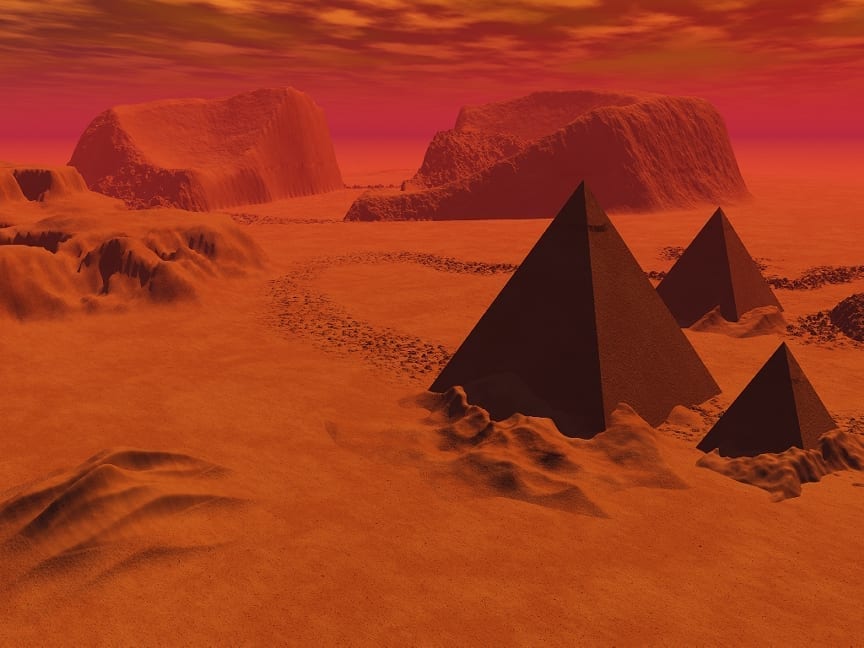
https://www.thelabworldgroup.com/blog/inside-planet-mars/
Research portion
Water – While it does seem a little bit complicated, it is one of the easiest problems to solve when it comes to adapting to live on Mars. There are multiple choices that we have when it comes to getting water. One of the options is the polar caps. They are a high-latitude region of a planet or moon that is covered in ice. Extracting water from these caps would involve mining the ice and then melting it, which would then result in water. Another possible way to get water is minerals. Minerals on Mars contain water with a crystalline structure. When you heat these, they will explode, and water will be released. This procedure will include mining the Martian soil and processing it to extract the bound water.
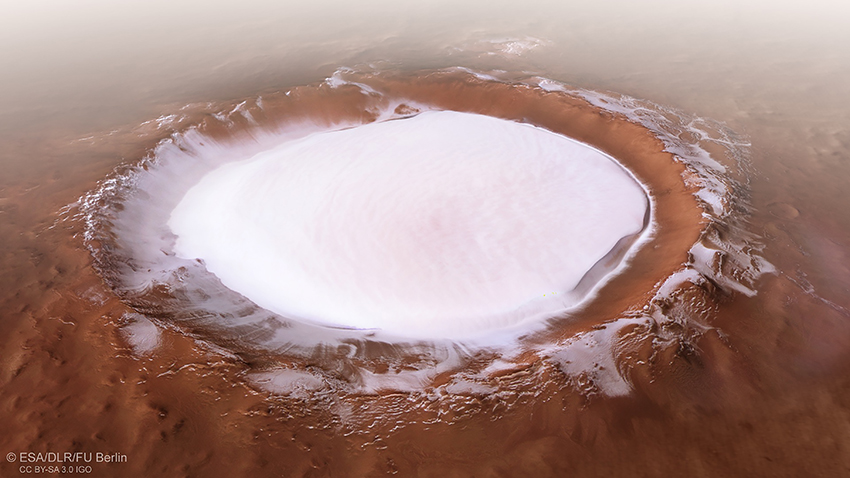
cra photo of polar caps
https://www.eaps.purdue.edu/news/articles/2023/0518_mcglasson_mars.html
Oxygen (why oxygen is stopping us) – The oxygen that humans need to breathe is essentially nonexistent on Mars. Mars does not have the potential to naturally produce an oxygen-rich atmosphere, in contrast to Earth, which did so because of photosynthetic organisms. Less than 1% of Earth’s atmosphere pressure is on Mars. The atmospheric pressure is too low for human lungs, even if oxygen was magically added. Any breathable gas would rapidly evaporate into space at these low pressures unless it was held in a pressurized atmosphere. While they are ways to avoid it, this remains one of the biggest issues to be able to live on Mars. scientist today are still trying to figure out ways to work their way around it.
Oxygen ( why oxygen is NOT an issue) By creating oxygen from the CO2-rich atmosphere of the planet, the Mars Oxygen In-Situ Resource Utilization Experiment (MOXIE) could make it a possibility for humans to exist on Mars. Because of this technology, there is less require for moving oxygen from Earth to maintain life support systems and the generation of rocket fuel, making it possible for humans to live sustainably on Mars. While this is still a work in progress, I believe and hope that this will become a success in the near future.

https://www.newscientist.com/article/2335518-nasa-made-enough-oxygen-on-mars-to-last-an-astronaut-for-100-minutes/
*Above is a photo of the moxie experiment from NASA
Temperatures ( and how we will deal with it) Future explorers and settlers are going to be able to live in a livable environment thanks to the implementation of modern insulation techniques, smart thermal control systems, reliable energy sources, and creative living designs. Like I just said in this previous sentence, it won’t be easy, but with maybe another 20 years, I won’t be surprised to see people living in mars. The greenhouse affect is also another way we can use to gain heat. In another article I found, ( 4th link below) they talked about using current mars materials to help build igloos and even below the surface housing.
How we can protect ourselves from radiation Humans on Mars have many choices for radiation protection. One way to protect against solar radiation is to build covered homes or cover them with Martian dirt. (Martian dirt is the dirt located on mars) Radiation blockers may also be created by building cutting-edge materials like water or polymers rich in hydrogen. Another idea is to create electric or magnetic fields (big fields of land) that would look like Earth’s shielding magnetosphere. It is also very important to develop spaceships with improved shielding for travel and to provide worn radiation protection. In order to protect human health throughout extended missions and ultimate settlement, these coordinated strategies will be essential.
Conclusion In conclusion, there are many obstacles to overcome before it becomes possible to live on Mars, but scientific and technological developments are making it a possibility. We must create dependable processes for making oxygen, extracting water, and preserving a steady temperature if we are to live on Mars. While complex insulation and thermal control systems will assist manage high temperatures, technologies like MOXIE show promise in producing oxygen from Mars’ CO2-rich atmosphere. Human safety will be guaranteed by radiation protection techniques, such as underground housing and cutting-edge shielding materials. The dream of relocating to Mars grows more and more realistic as we overcome these challenges, maybe leading to the planet being humanity’s second home.
(video) https://www.youtube.com/watch?v=oL_peZBBZ2Y&t=4s
https://www.planetary.org/articles/your-guide-to-water-on-mars
https://www.eaps.purdue.edu/news/articles/2023/0518_mcglasson_mars.html
https://www.newscientist.com/article/2335518-nasa-made-enough-oxygen-on-mars-to-last-an-astronaut-for-100-minutes/
https://www.engineeringforkids.com/about/news/2024/april/can-humans-live-on-mars-what-would-it-look-like-efk/#:~:text=Shelter%20on%20Mars&text=Homes%20on%20Mars%20would%20need,or%20below%20the%20ground%20surface.
I have a total of 8 sources for my project
THE END




